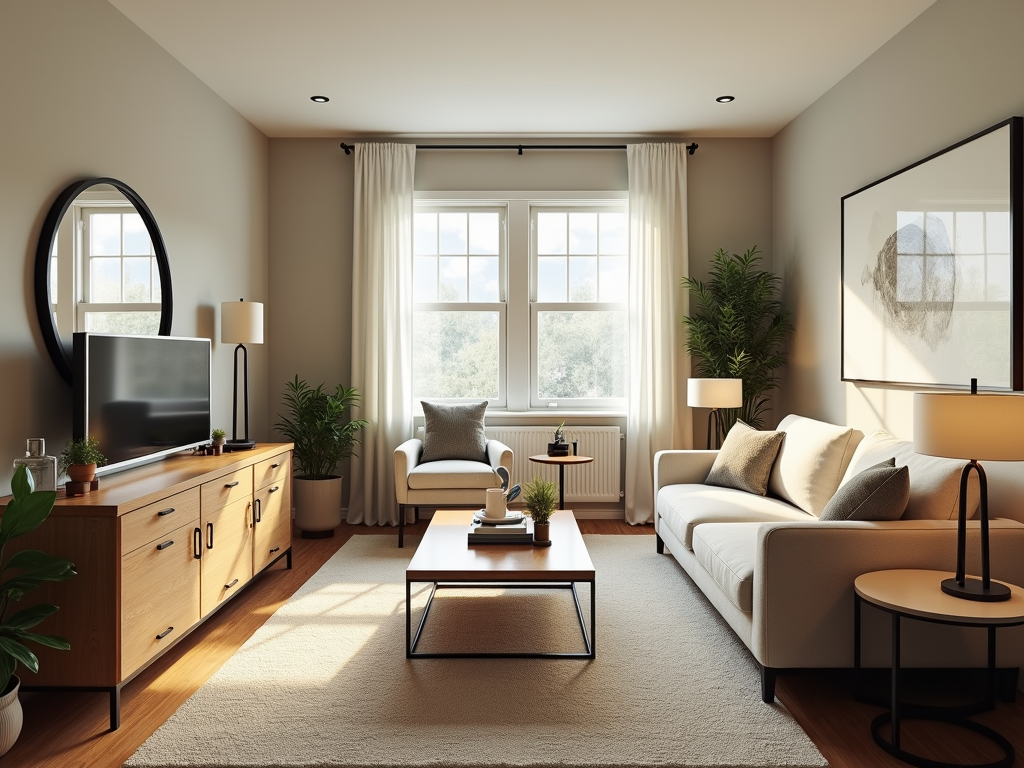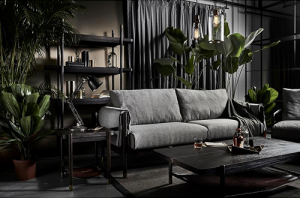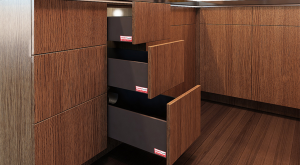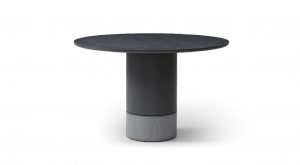Featured Post
The Ultimate Furniture Care and Maintenance Guide: Keep Your Dressers and Furniture Looking New
Furniture is more than just functional—it’s an investment in your home’s style and comfort. Whether it’s a cherished dresser passed down through generations or a sleek modern piece, proper care and maintenance are essential to keep it looking its best. In this guide, we’ll walk you through everything you need to know about furniture care, from daily upkeep to long-term preservation. With a focus on dressers and other common furniture pieces, you’ll learn how to protect your investment and maintain its beauty for years to come.
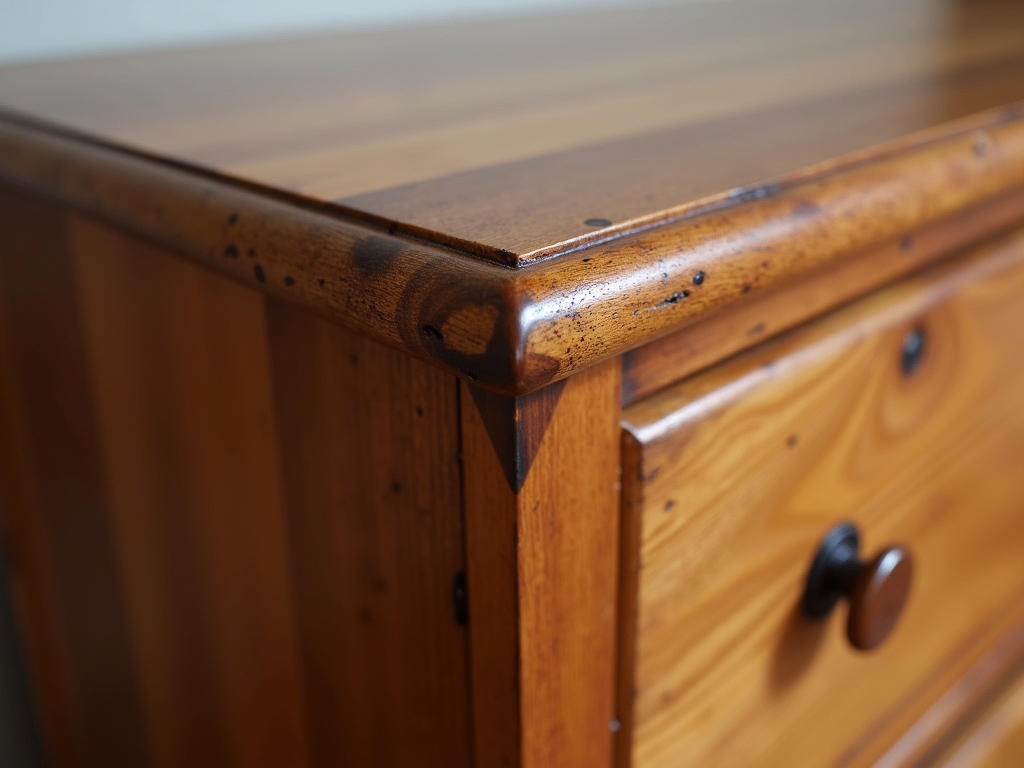
Why Furniture Care Matters
Taking care of your furniture isn’t just about aesthetics—it’s about preserving its value and functionality. Regular maintenance can prevent costly repairs, extend the life of your pieces, and ensure they remain a focal point in your home. For example, a well-maintained dresser not only looks great but also functions smoothly, with drawers that open and close without sticking.
General Furniture Care Tips
Before diving into specific care for different types of furniture, here are some universal tips that apply to all pieces:
- Dust Regularly: Use a soft, dry cloth to wipe away dust and debris. This prevents buildup that can scratch surfaces over time.
- Avoid Direct Sunlight: Prolonged exposure to sunlight can fade and damage furniture finishes. Position your pieces away from windows or use curtains to filter the light.
- Use Coasters and Mats: Protect surfaces from heat, moisture, and scratches by using coasters for drinks and mats for hot dishes.
- Clean Spills Immediately: Accidents happen, but quick action can prevent stains from setting in. Blot spills with a clean cloth rather than wiping, which can spread the mess.
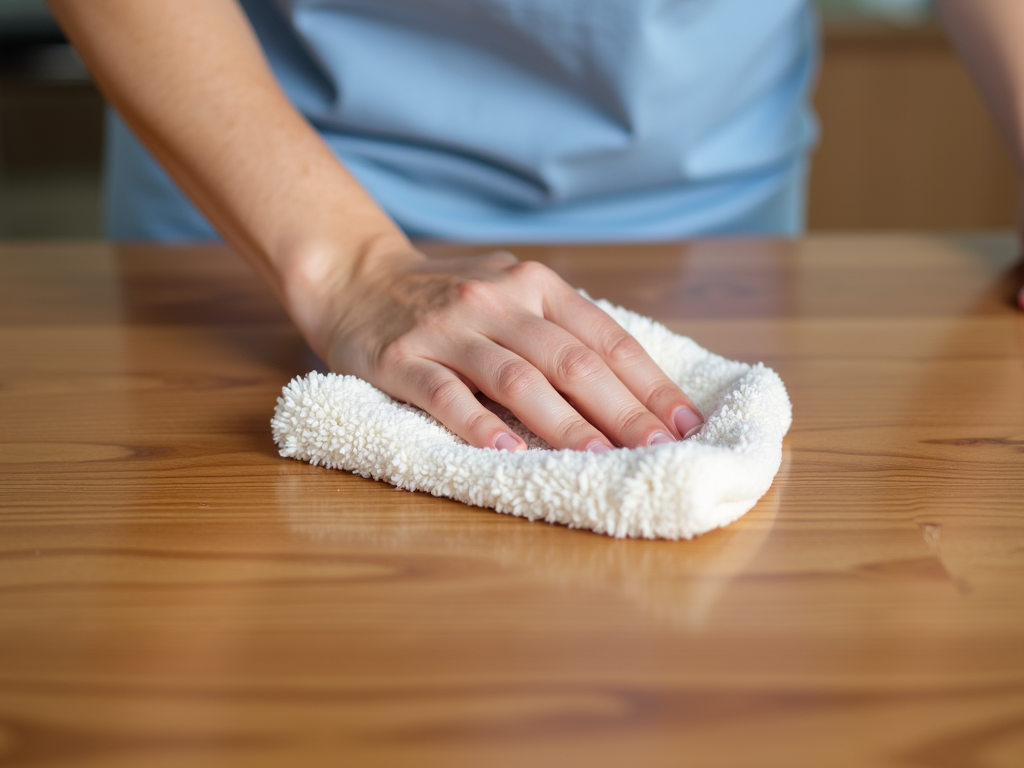
Caring for Wooden Furniture
Wooden furniture, like dressers, tables, and chairs, requires special attention to maintain its natural beauty. Here’s how to care for it:
Cleaning Wooden Furniture
- Dusting: As mentioned, regular dusting is key. For a deeper clean, use a mixture of mild soap and water. Avoid harsh chemicals that can strip the finish.
- Polishing: Apply a high-quality furniture polish every few months to protect the wood and enhance its shine. Be sure to follow the grain of the wood when polishing.
Protecting Wooden Furniture
- Humidity Control: Wood expands and contracts with changes in humidity, which can lead to warping or cracking. Keep your home’s humidity levels consistent, ideally between 40-60%.
- Avoid Water Damage: Water can cause wood to swell or warp. If your furniture gets wet, dry it immediately with a soft cloth.
I once had a beautiful oak dresser that I neglected to protect from the sun. Over time, the finish faded, and the wood started to crack. It was a hard lesson, but it taught me the importance of proper care. Now, I make sure to keep my wooden furniture out of direct sunlight and use protective pads under any items that might scratch the surface.
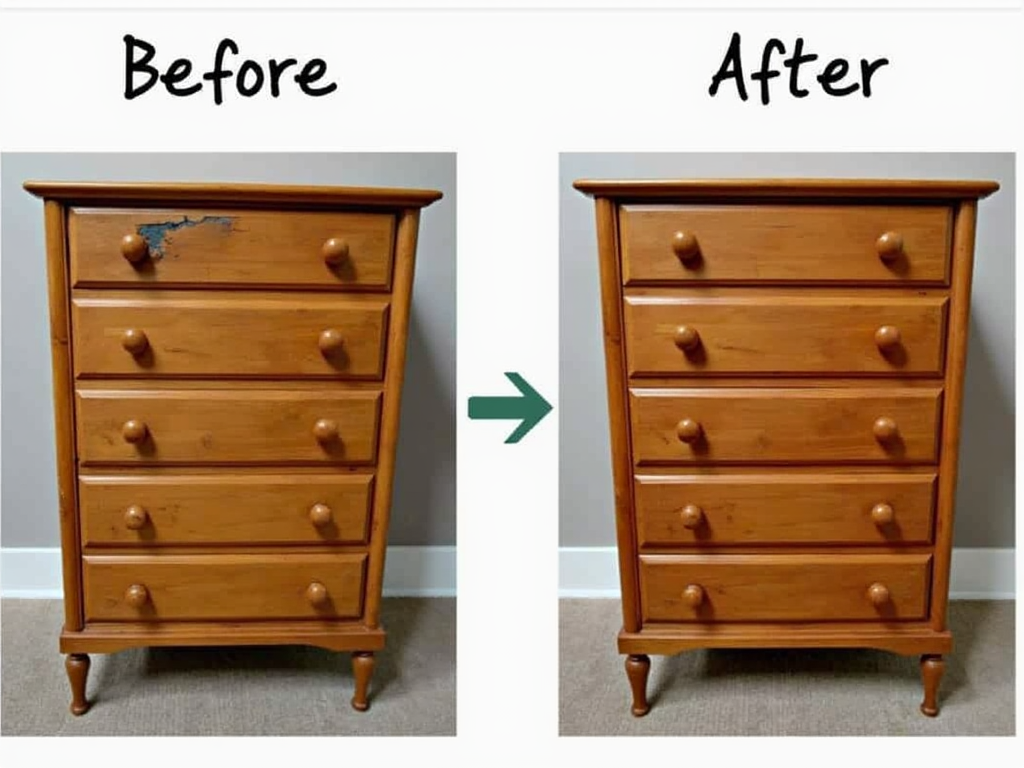
Caring for Upholstered Furniture
Upholstered furniture, such as sofas and chairs, requires different care to keep the fabric looking fresh and clean.
Cleaning Upholstered Furniture
- Vacuum Regularly: Use a vacuum with an upholstery attachment to remove dust and debris from the fabric.
- Spot Cleaning: For stains, use a mild detergent mixed with water. Test the solution on a hidden area first to ensure it doesn’t damage the fabric.
Protecting Upholstered Furniture
- Use Fabric Protectors: Consider applying a fabric protector spray to guard against spills and stains.
- Rotate Cushions: Regularly rotating cushions helps distribute wear evenly, preventing one side from becoming more worn than the other.
Caring for Leather Furniture
Leather furniture adds a touch of luxury to any room, but it requires specific care to maintain its supple texture and rich color.
Cleaning Leather Furniture
- Dusting: Wipe down leather surfaces with a soft, dry cloth to remove dust.
- Conditioning: Use a leather conditioner every 6-12 months to keep the material soft and prevent cracking.
Protecting Leather Furniture
- Avoid Direct Heat: Keep leather furniture away from heat sources like radiators or fireplaces, as heat can dry out the leather.
- Blot Spills Immediately: Leather is prone to water spots, so blot any spills with a clean cloth right away.

Caring for Metal and Glass Furniture
Metal and glass furniture pieces, such as coffee tables or shelving units, also need attention to stay in top condition.
Cleaning Metal Furniture
- Wipe with a Damp Cloth: Use a soft cloth dampened with water to clean metal surfaces. For tougher grime, add a small amount of mild soap.
- Prevent Rust: If your metal furniture is prone to rust, apply a protective coating or wax to seal the surface.
Cleaning Glass Furniture
- Use Glass Cleaner: Spray a glass cleaner onto a soft cloth (not directly onto the glass) and wipe the surface clean.
- Avoid Abrasives: Never use abrasive cleaners or scrubbers on glass, as they can scratch the surface.
Repairing Minor Damage
Even with the best care, furniture can sometimes suffer minor damage. Here’s how to handle common issues:
- Scratches on Wood: For light scratches, use a furniture touch-up pen that matches the wood’s color. For deeper scratches, apply a small amount of wood filler and sand it smooth once dry.
- Loose Joints: If a chair or table wobbles, tighten any loose screws or bolts. For more serious issues, consider using wood glue to reinforce the joints.
- Stains on Upholstery: For stubborn stains, try a mixture of vinegar and water. Apply it to the stain, let it sit for a few minutes, then blot with a clean cloth.
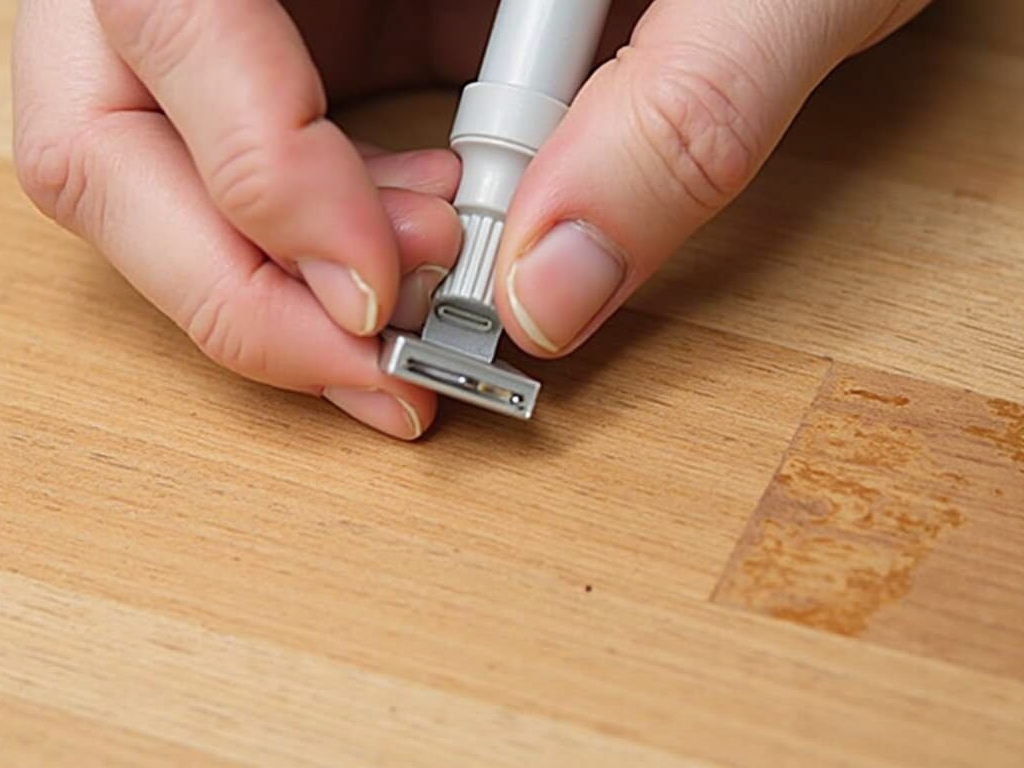
When to Call a Professional
While many furniture care tasks can be handled at home, some situations require professional help. If your furniture has significant damage, such as deep scratches, broken parts, or extensive staining, it’s best to consult a furniture restoration expert. They have the tools and expertise to restore your pieces to their former glory.
Conclusion
Proper furniture care and maintenance are essential for preserving the beauty and functionality of your pieces. By following these tips, you can keep your dressers, tables, chairs, and other furniture looking their best for years to come. Remember, regular dusting, protecting surfaces, and addressing minor issues promptly can make all the difference. With a little effort, your furniture will continue to be a source of pride and comfort in your home.
